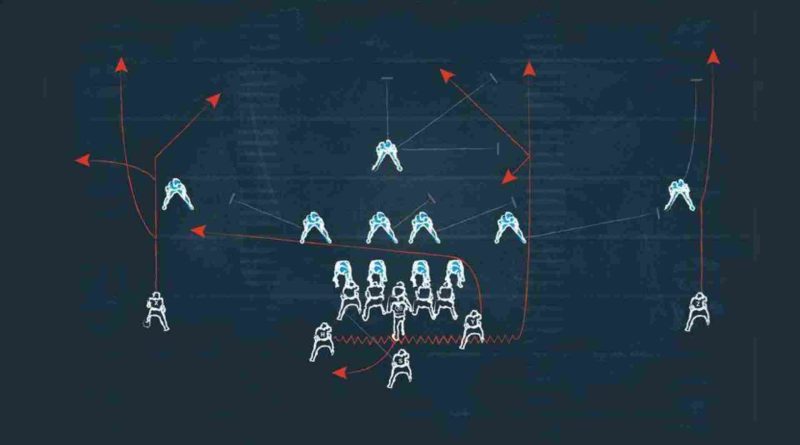Decoding Modern Defensive Fronts: Evolution and Strategies
Cease fretting over discerning linemen from linebackers, and immerse yourself in a fresh lexicon.
Sacks materialize due to multifaceted reasons: from a victorious pass rush to adept coverage by defensive backs facilitating eventual breakthroughs. Delving into the intricacies of pass coverages in our previous discussion, let’s now return to the frontline dynamics.
Can it be summarized succinctly? Essentially, it pertains to the alignment of linebackers and defensive linemen. Those familiar with Madden may recognize the conventional fronts: 4-3 and 3-4.
Indeed, what other variations exist? Pause a moment, for I propose a refinement in our understanding of defensive personnel at the forefront.
Traditionally, defenders were categorized as defensive ends, tackles, linebackers, and the like. However, a subtle evolution is underway. The past decade witnessed a trend towards hybridization, blurring the lines between positions. Safeties morph into linebacker-like roles, and linebackers assimilate traits of defensive ends. Consequently, defenses adopt diverse combinations to construct their front lines, essentially comprising three main non-defensive back categories:
- Edge: This paradigm shift benefits us. It encompasses traditional defensive ends alongside those labeled as “outside linebackers.” Examples include Von Miller, TJ Watt, and Khalil Mack.
- Interior defensive lineman: Whether as nose tackles or in other roles primarily within, these players occupy the inner line. Notable examples include Aaron Donald and Fletcher Cox.
- Off-ball linebacker: Representing the classic linebacker archetype, such as Jaylon Smith and Lavonte David.
What’s the essence of this explanation?
Essentially, every defensive front amalgamates these three positional groups. Hence, distinctions like whether Mack is an outside linebacker or a defensive end are irrelevant. Let’s categorize him simply under “Edge.” The prevalence of players like Mack stems from the prominence of the 3-4 outside linebacker scheme roughly four decades ago.
Historically, teams adopted either the 4-3 or 3-4 as their base defense.
However, the landscape has evolved. While these formations remain prevalent, they are employed as the base defense only about a third of the time on average, with the most frequent usage at approximately 50 percent.
What other strategies are deployed?
Despite potential objections from defensive coaches, the nickel defense has emerged as the new base. This tactic substitutes an off-ball linebacker with a defensive back, enhancing pass coverage against spread offenses.
Moreover, specialty situations prompt innovative defensive fronts, such as the tite front and the 2-4-5 formation, comprising nickel defensive backs alongside traditional linemen.
But why does this matter to us?
Today, the emphasis shifts from traditional formations to personnel configurations. Concepts like 3-4 or 4-3 serve merely as shorthand for personnel, not indicative of a specific formation. It’s time to redefine our perspective.
And how do we do that?
By focusing on surfaces: four-man, five-man, and six-man surfaces. Each surface presents unique challenges and defensive approaches.
Understanding fronts offers insights beyond mere alignment, aiding in gap responsibilities and pass rush strategies.
Ultimately, irrespective of defensive alignments, the onus lies on the offense to establish dominance in the running game. And that’s where our exploration continues.

